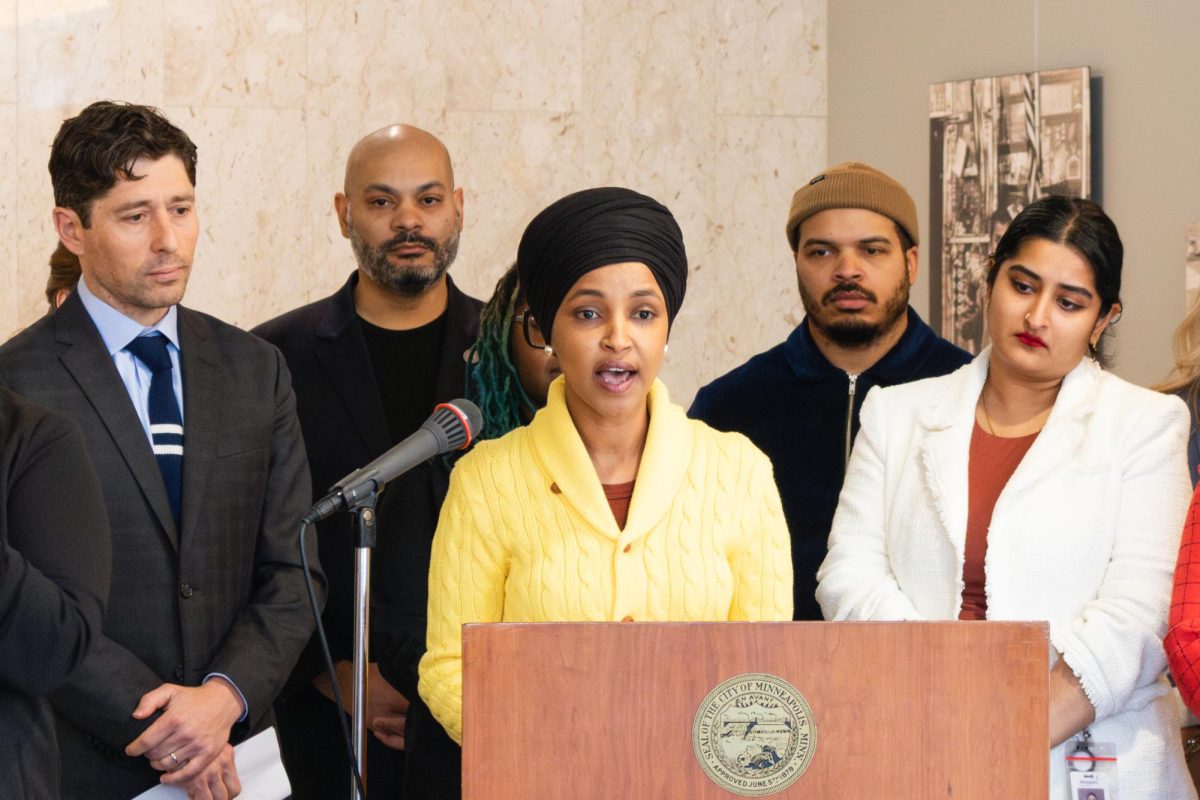A recent City of Minneapolis traffic accident study examined high-risk areas in the city but left some areas unaddressed, officials say.
The Vision Zero Crash study — presented to a City Council committee on Jan. 22 — is a part of the City’s Vision Zero initiative, which works to reduce traffic fatalities in Minneapolis to zero. The study looked at vehicle, bicycle and pedestrian crash data over the last 10 years.
Ward 3 City Council member Steve Fletcher said that while the study addresses some of the accident hot spots in his ward, including University Avenue Southeast, many places are left unaddressed.
“I think a lot of people also know about places where they’ve seen a lot of near accidents,” Fletcher said. “Where we know that there are intersections that are dangerous and maybe, either by luck or because it’s not quite as dangerous yet, we haven’t had an accident. So, it doesn’t show up in the data.”
Areas in Ward 3 that don’t operate safely include Broadway Street Northeast or East Hennepin Avenue, Fletcher said.
Areas on campus that were highlighted in the study include part of University Avenue Southeast, which is considered a “vehicle high injury network,” or a street with a trend of traffic-related injuries and fatal crashes. University Avenue Southeast accounts for 25 percent of all fatal and severe bicycle crashes in the city, the study found. Other streets with high incidents of bike crashes include 4th Street Southeast and 5th Street Southeast.
The study also found that a majority of crashes citywide occur at intersections, particularly with turning vehicles. Bicycles are most susceptible to this type of crash.
“Bikes and [pedestrians] are the most vulnerable users in the system,” said City of Minneapolis Traffic Operations Engineer Steve Mosing.
The study also showed low-income areas and residents of color to be disproportionately affected by traffic crashes. Demographics data in the study shows that American Indians, who represent 1 percent of the city’s population, accounted for 9 percent of traffic deaths.
“It’s an area that the City looked at. Looking at demographics is something that is somewhat new when it comes to crashes,” Mosing said. “And so, we got the results from this study in. Now it’s what we do to dig into details of what’s going on with those crashes in those specific areas.”
Mosing, who presented the study to the council, said using information from the data can show officials where improvements need to be made looking forward.
The issue of traffic safety has been a common concern among residents, said Minneapolis City Council President Lisa Bender during the committee meeting.
“I think I will go as far as to say it’s irresponsible for the City to [concentrate on growth] without the safety improvements that will keep our current and future constituents safe,” Bender said. “But I know for a lot of my constituents, they don’t feel safe.”







